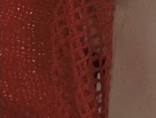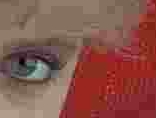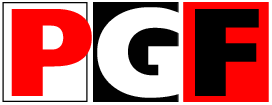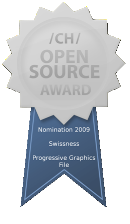PGF vs. JPEG
PGF is an abbreviation for Progressive Graphics File. PGF and JPEG 2000 are based on similar technologies (Fast Wavelet Transform, FWT). but PGF is almost as fast as the original JPEG with some advantages compared to JPEG: PGF achieves in general a better quality (PSNR) than JPEG at the same compression ratio and it allows loading and displaying images progressively without any loss in encoding/decoding speed. The latter feature is a real advantage for transmitting large images through a channel with limited bandwidth like the Internet, since the receiver gets very soon an early version of the transmitted image. It also allows the user to inspect more images in the same time. PGF is best suitable for natural and aerial images.



Progressive Decoding
The core technology of PGF is a wavelet based image transform combined with a very fast but quite simple compression technique. Some parts of the used technology are very similar to JPEG 2000, but other parts are simpler and therefore, much faster.
Due to the hierarchical structure of fast wavelet transforms PGF is best suited for progressive enhancing image resolution and quality during loading and visualization. Because the current JPEG standard does not allow progressive resolution or quality enhancement, there is a huge need of additional thumbnail images both on Internet web pages and in digital cameras with preview displays. Using PGF instead of JPEG renders thumbnail images unnecessary. Just reading a small prefix of the PGF image file is enough to quickly visualize a small preview.
Facts
- lossless and lossy image compression modes
- lossless compression ratio of about 3.1
- lossy compression ratio of more than 10 without any visual quality loss
- progressively increasing image resolution and/or quality
- better image quality at the same compression ratio than JPEG
- as fast as JPEG in encoding an decoding
- up to 31 bit per pixel and per channel
- integer implementation of FWT
- supports region of interest (ROI) decoding
Image Modes
PGF handles up to 8 different information channels. An information channel is for example simply a color channel or a transparency channel. Each channel has a maximum word length of 31 bit. So, the 12 bit color depth of common CMOS image arrays can be fully supported.
Typical image modes:
- Bitmap (1 bit)
- Grayscale (8, 16, and 31 bit)
- RGB (12, 16, 24, and 48 bit)
- RGBA
- CMYK (32 and 64 bit)
- CIE Lab* (24 and 48 bit)
- Indexed color (8 bit)

